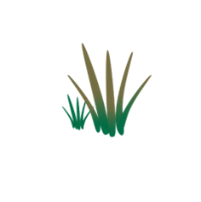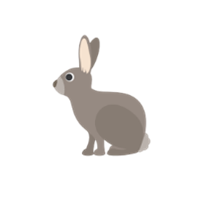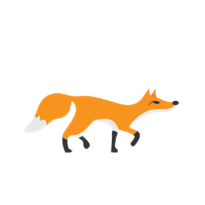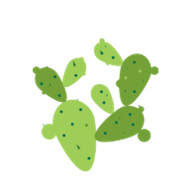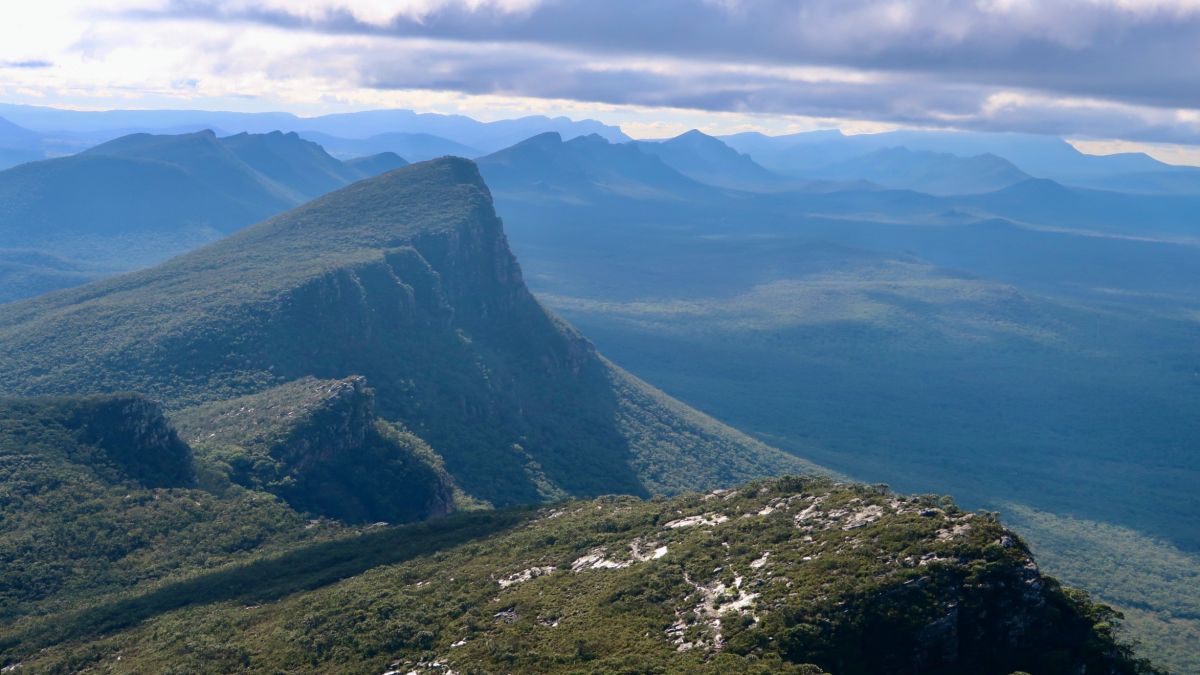






Weeds and pest animals such as foxes and rabbits are one of the greatest threats to the survival of our native plants and animals in Victoria. We can’t conserve our iconic Victorian species without also taking actions to control and limit the spread of invasive species.
The Weeds and Pests on Public Land (WPPL) program aims to do this through funding landscape-scale weed and pest projects in national and state parks in Victoria.
The program has been running since 2005 and invests over $2.85 million each year, with an additional $1 million provided each year by our key delivery partner Parks Victoria.
This program operates as a collaborative partnership between more than 42 partners and stakeholders. These include 10 Traditional Owner groups, Victorian government agencies, the Arthur Rylah Institute, Melbourne Water, local councils, Catchment Management Authorities, universities, community organisations and volunteers.
The program is part of the Victorian Government’s ongoing investment to support the implementation of Protecting Victoria’s Environment – Biodiversity 2037. It is one of a suite of programs funding actions to support biodiversity and threatened species.
What are we fighting for?
Weeds and Pests on Public Land projects help to protect many native species. Some of them include:
Flagship projects
There are 8 different projects under the program which take place across all corners of Victoria.
The map below shows the locations and project areas of the Weeds and Pests on Public Land projects across Victoria.
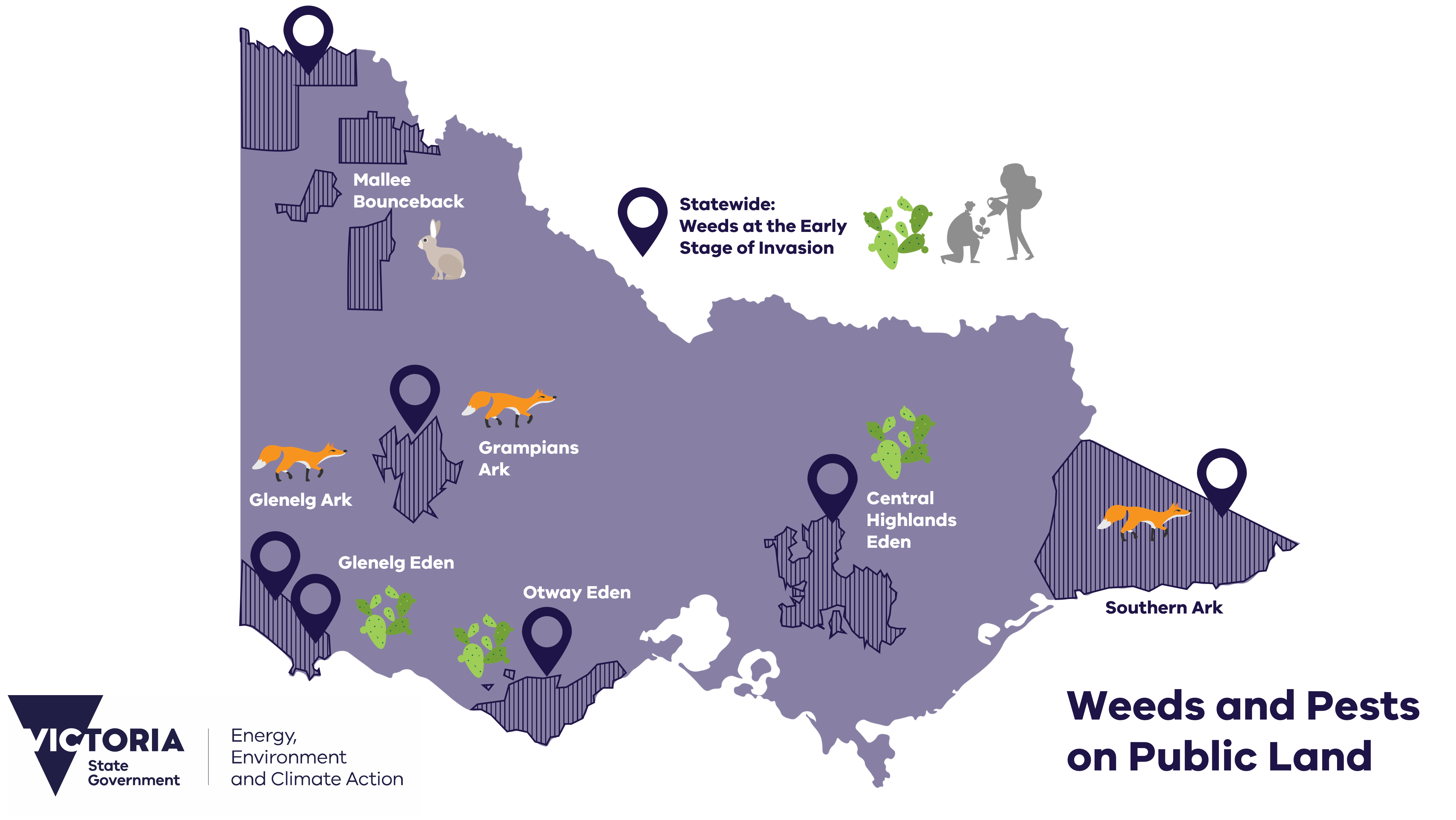
See here for the accessible version (DOCX, 21.1 KB) of the map above.
Each of these projects fall under different themes of action on invasive species. Click on the links below to learn more about each project.
Capability building: sharing knowledge
|
Weeds at the Early Stage of Invasion (WESI)
WESI is a knowledge building project that supports Victorian land managers to manage weeds that are in the early stage of invasion and are a threat to biodiversity. The project assists land managers to identify, manage and reduce high risk weeds. |
Herbivore control: targeting rabbits
|
Mallee Bounceback
The Mallee Bounceback is a rabbit control project aiming to protect and restore the biodiversity of semi-arid woodlands in the Mallee, in north-western Victoria. Rabbits cause great harm to our native species by over-grazing, preventing the regeneration of native shrubs and trees, spreading invasive weeds and by supporting high numbers of introduced predators. This project operates in the Hattah Kulkyne National Park, Murray Sunset National Park, Wyperfeld National Park, and Lake Albacutya Park. |
Predator control: targeting foxes
|
Glenelg Ark
The Glenelg Ark is a collaborative landscape-scale fox control project operating in south-west Victoria. This important local project is helping to protect native plants and animals including the Southern Brown Bandicoot, Long-nosed Potoroo, and the Common Brushtail Possum. The project continues to be the longest running and most scientifically rigorous fox control program in Victoria. Grampians Ark
The Grampians Ark project delivers fox control across 226,000 hectares of the Grampians National Park, Black Range State Park, Grampians State Forest and adjoining private land in partnership with the Mirranatwa and Pannyabyr Landcare groups. For the past 20 years, Parks Victoria has been working hard to protect native mammals by controlling fox numbers in the Grampians - they are a large threat to the Brush-tailed Rock-wallaby as well as many other native animals that call Gariwerd home. Southern ArkThe Southern Ark project aims to suppress the resident fox population to a low level to assist the recovery of a range of native animal populations preyed on by foxes. Southern Ark controls foxes over 1 million hectares in state forests, national parks, and on private land across the entire eastern wedge of Victoria, from the Snowy River valley to Cape Howe. Far East Gippsland is a hotspot for native mammals, birds and reptiles, many of which are rare or extinct in other parts of Victoria. |
Weed control: targeting invasive plants
| Central Highlands EdenCentral Highlands Eden is a landscape scale weed management project spanning across nearly 400,000 hectares of public land in Victoria’s Central Highlands. The project covers Baw Baw and Yarra Ranges national parks, Bunyip and Moondarra state parks, and all interconnecting state forests including Yarra, Noojee, Tanjil, Toombon and Thomson State Forests. It aims to enhance habitat for native plants such as the Tree Geebung, Tall Astelia, and the Shiny Nematolepis. Glenelg Eden
The Glenelg Eden is a weed control project covering 90,000 hectares of public land in south-west Victoria. The project aims to reduce the impact of pest plants and give species such as the vulnerable Blotched Sun-orchid and the threatened Long-nosed Potoroo the best chance to succeed. The project targets more than 87 unique weed species invading the Glenelg region and has worked on over 195 weed infestations. Otway Eden
The Otway Eden project was established in 2004 to protect native plants and animals from weeds and to restore the biodiversity of the Otway Ranges National Park. The project targets well-established invasive weed species including Sallow Wattle, Coast Tea Tree, Blue Bell Creeper, Sweet Pittosporum and Boneseed. The removal of weeds will benefit native species such as the Metallic Sun-Orchid, Leafy Greenhood, Anglesea Grevillea, and the Spiral-leaved Sun-orchid. |
Program achievements
Learn more about our recent activity and achievements in the Weeds and Pests on Public Land program by clicking below:
WPPL Program Report 2023-2024 (PDF, 4.3 MB)
WPPL Program Report 2022-2023 (accessible version) (DOCX, 179.7 KB)
Want to get involved in managing weeds and pests?
Jump online or head outdoors
- Get involved online – follow social media channels that undertake conservation action such as Trust for Nature, Bush Heritage, Parks Victoria or Zoos Victoria. Make sure you also follow us on social media (@DEECA on X/Twitter, YouTube, Instagram or Facebook).
- Help share the word about the impacts of invasive species – tell a friend or family member how they damage native plants and animals and how we need to act together to control their spread.
- Join your local Friends or Landcare group, or explore volunteer opportunities with the Parks Victoria tool, ParkConnect.
- Look here for any environmental volunteering activities in your local area via this interactive map.
- Don’t spread weeds through the bush, clean your shoes and practice good vehicle hygiene by checking your car tyres.
- Report new and unusual plant/weed sightings to Agriculture Victoria.
- Check out the following websites focused around community weed and pest management in Victoria:
Victorian Blackberry Taskforce
In your home
- Join the Safe Cat, Safe Wildlife community, and keep your cat entertained inside. Encourage your friends, family, and neighbours to have indoor only cats. You can save the life of native animals and your cat by doing this.
- If you have a garden or a balcony, consider selection of plants carefully as many of our environmental weeds start out in gardens. Consider planting Victorian indigenous species. Practice responsible disposal of garden waste.
Contact us
Please reach out if you want to learn more about the Weeds and Pests on Public Land program.
You can email us at enviro.grants@deeca.vic.gov.au
Page last updated: 25/11/25
